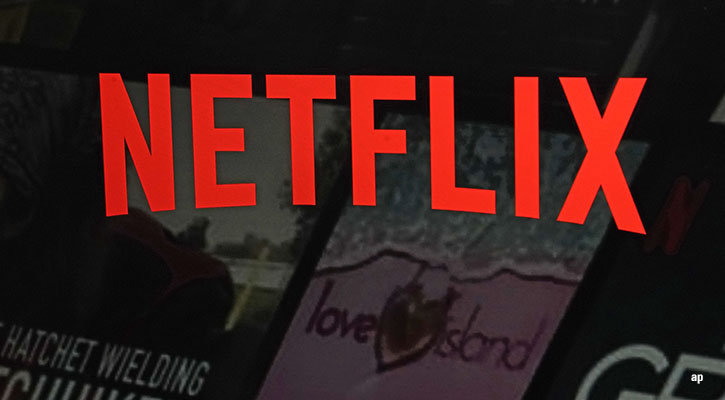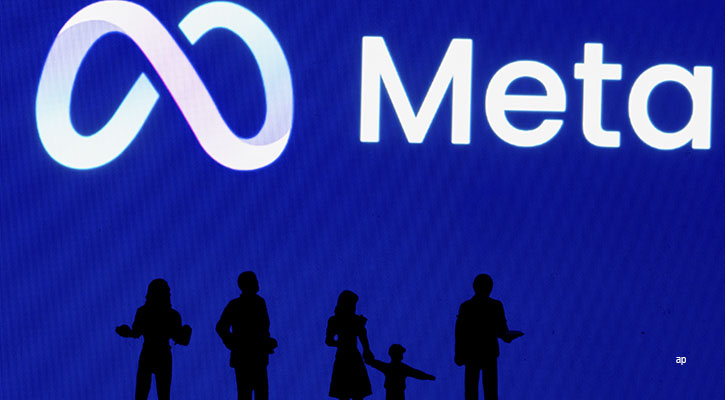
Netflix (NFLX) reported another quarter of incredible subscriber additions and revenue and profit growth. However, full-year sales guidance portends a deceleration in the second half, and we suspect the firm’s decision to stop regularly reporting subscriber numbers in 2025 supports our belief that yearly subscriber additions will reset at a rate significantly lower level than what Netflix has experienced over the past six quarters.
Key Morningstar Metrics for Netflix Stock
• Fair Value Estimate: $440
• Morningstar Rating: 2 stars
• Morningstar Economic Moat Rating: Narrow
• Morningstar Uncertainty Rating: High
Netflix added 9.3 million net global subscribers in the quarter to bring its total to over 37 million net additions in the past year. The 16% growth in the subscriber base over that span led to 15% year-over-year sales growth despite a three-percentage-point currency headwind. The operating margin exceeded 28%, up seven percentage points year over year and about six percentage points better than any quarter in 2023.
However, while second-quarter guidance implies an acceleration in revenue growth, full-year guidance of 13%-15% growth implies a deceleration in the second half. Management raised its full-year operating margin target by one percentage point to 25%, which also means some rationalization in the second half.
After adding 2.5 million US and Canada subscribers in the quarter, Netflix now has more than 81 million UCAN subscribers. With household penetration closing in on 60% and little remaining opportunity to transition non-paying users to paid users with the password-sharing crackdown that was widely implemented in 2023, we expect UCAN additions will decline materially from recent levels, leaving the firm to rely on pricing and advertising to keep sales growth high in the region.
Netflix Price Rises and Advertising
We think there is ample opportunity to raise the average revenue per subscriber in UCAN, but we don’t believe this can juice sales growth as much as gaining new subscribers. After increasing prices on some plans late in 2023, average revenue per UCAN subscriber jumped nearly 7% year over year in the first quarter.
We also think advertising will bring a sizable incremental revenue stream, as the firm is still not close to fully monetising the ad inventory it has created with its ad-supported tier, even as subscribers have already gravitated toward that tier. Ad-supported subscribers grew 65% sequentially, a similar pace as the prior two quarters, and included 40% of all new gross subscriber additions in markets that offer the ad-supported tier.
While strength in subscriber additions was broad-based across all markets, average revenue per subscriber growth was muted outside of UCAN. Local currency weakness, country mix, and an ongoing effort to find the right price points will likely keep consolidated average revenue per subscriber from growing much in 2024.
The margin strength was due mainly to lower cost of sales, and we think it’s primarily caused by lingering effects from the Hollywood strikes in the second half of 2023, which shut down a significant amount of new content production.
Will Netflix Make a Pitch for NBA Rights?
The firm reiterated its intent to spend about $17 billion on content in 2024, including $3.7 billion in the first quarter. The further we get from the strikes, the more typical gross margins should be, which is likely a big reason why the margin should contract as the year progresses. In the long term, we expect margins will continue expanding as the firm should realize operating leverage on its sales growth, including continuing content spending growth.
As usual, sports programming was a topic on the earnings call. There’s been speculation about whether Netflix will make a play for the NBA rights that expire after the 2024-25 basketball season.
Nobody addressed the NBA rights directly, but we’ll be surprised if Netflix makes a big move in that direction. Management has been less certain in recent quarters in nixing the possibility of going after major sports, and it has taken small steps toward live sports, particularly with weekly WWE Raw matches starting in January. However, we were pleased to hear management say that growing profit remains critical to any decision they make and that Netflix has no need to use a “loss leader” to help drive its business. We take that to mean that it is skeptical that a huge cash outlay for major sports rights will help its business, and we agree.




























